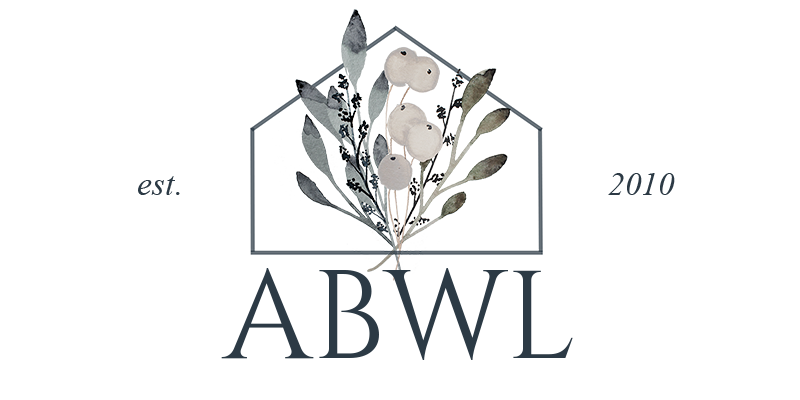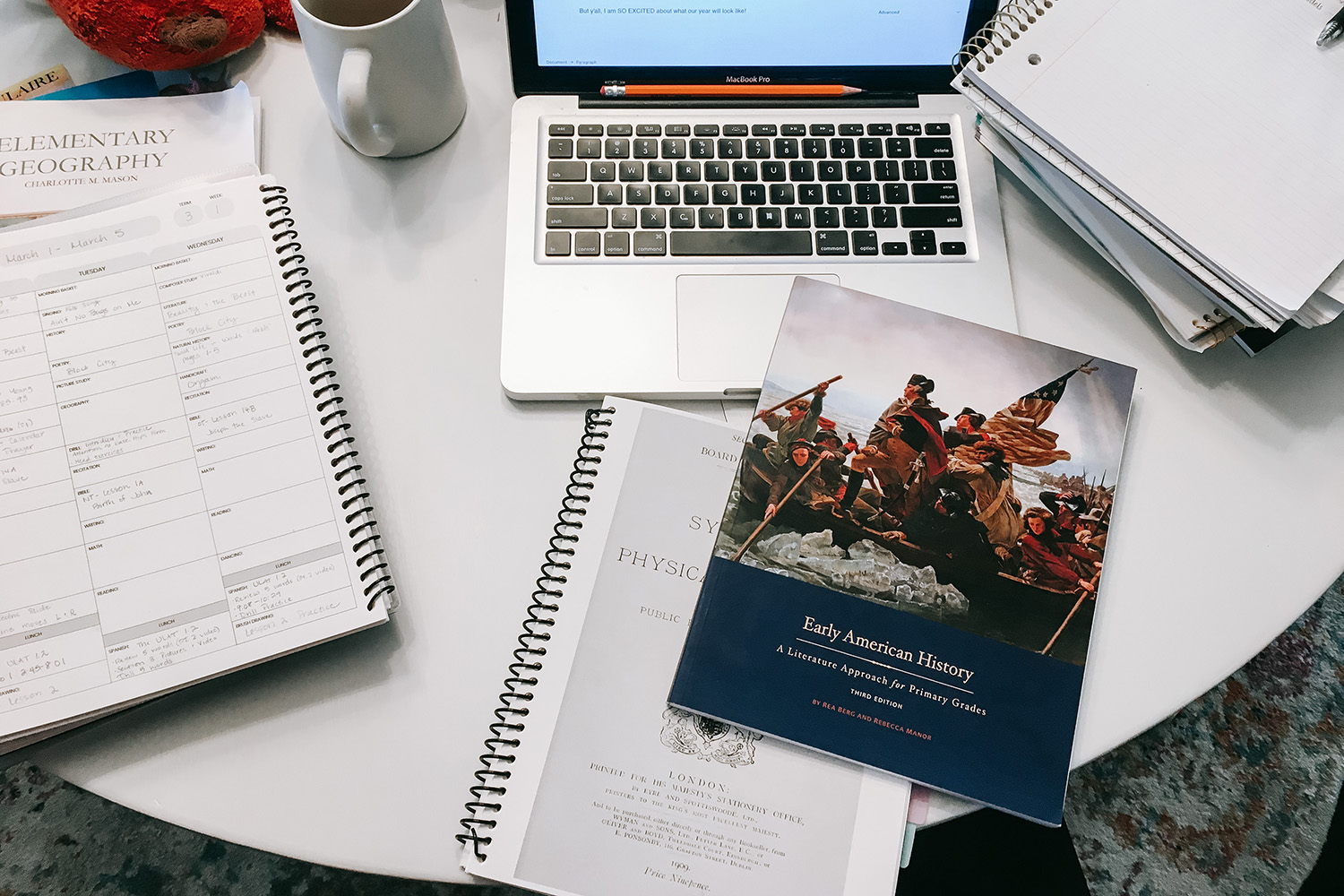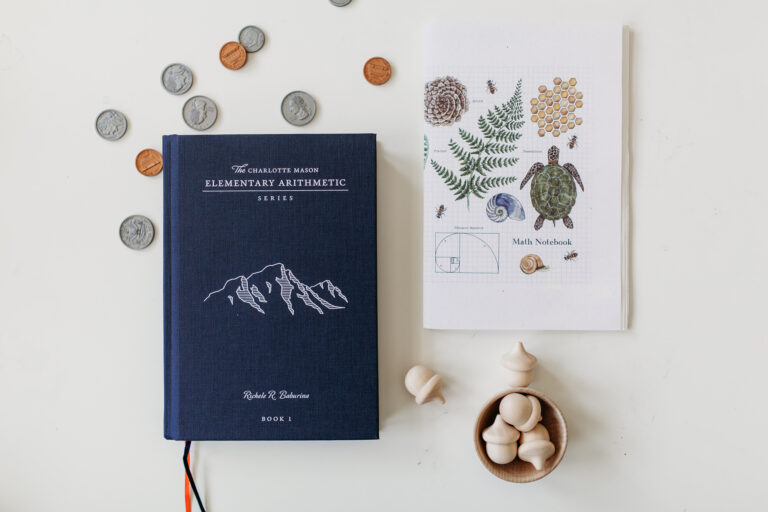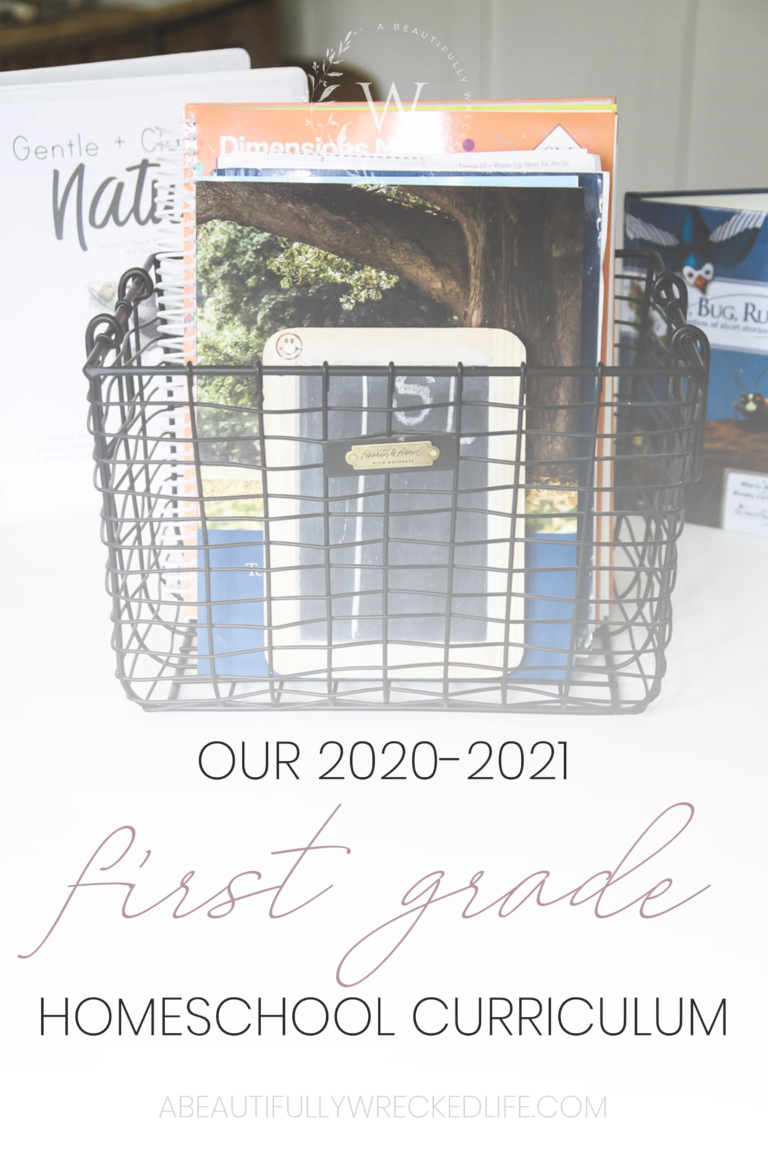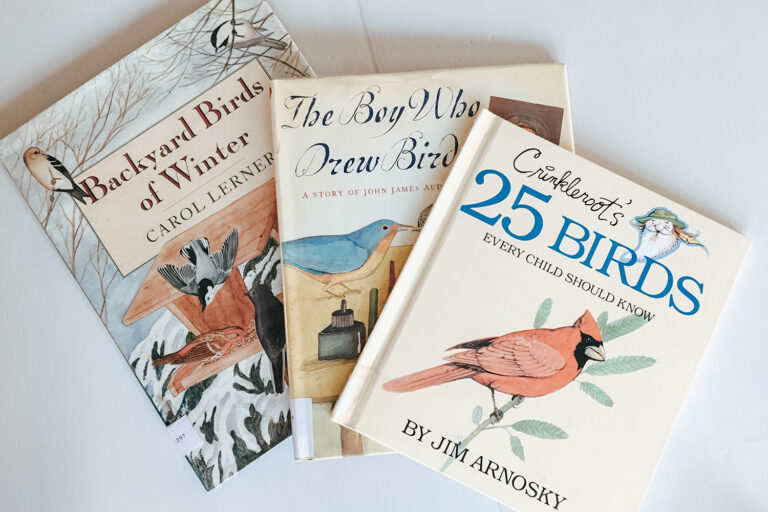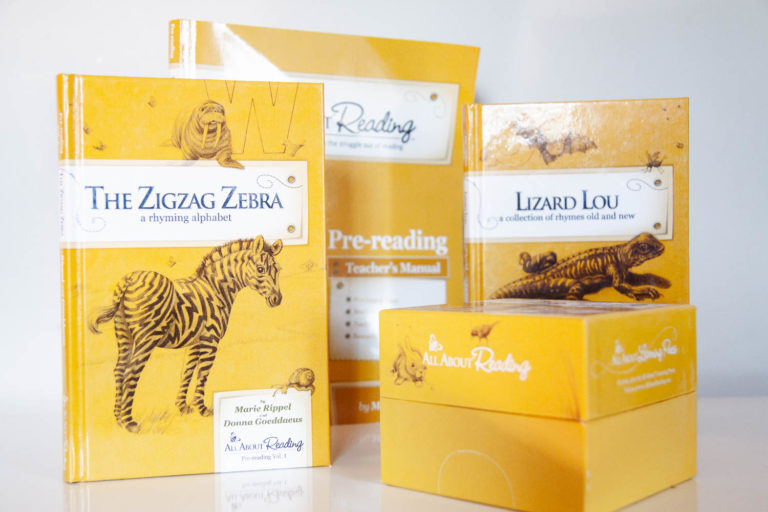My dining room table is covered with books. I have not one, not two, but THREE notebooks dedicated to jotting down ideas and sketching out plans. And I have about 7 tabs open on my browser
at any given time. Oh, and my Amazon cart just keeps getting more and more full. Why? Because I’m elbow-deep in planning our entire Charlotte Mason homeschool year for next year!
Charlotte Mason often referred to the type of education she provided as a “feast” of ideas (Volume 6). And what a feast it is! For Form 1 – which is 1st through 3rd grades – there are EIGHTEEN different “dishes” we serve up as a part of the feast. To say that a Charlotte Mason education is thorough feels like an understatement. And planning it is, at the present moment, a touch overwhelming.
But y’all, I am SO EXCITED about what our year will look like!
So today I wanted to share how I am planning our entire Charlotte Mason homeschool year to give you a behind-the-scenes look at the process. Keep in mind that this is only my approach. Other parents may do it differently, but hopefully this gives you some great ideas to use in your own homeschool!
WHAT SUBJECTS ARE INCLUDED IN A CHARLOTTE MASON EDUCATION?
The first part of planning is sitting down and listing out all of the subjects that are included in a full feast of ideas. For Form 1 (Grades 1-3), that includes the following:
- Bible
- Poetry
- Literature
- American History
- Geography
- Singing
- Composer Study
- Recitation
- Handicraft
- Reading
- Math
- Writing/Copywork
- Natural History
- Swedish Drill
- Dancing
- Foreign Language
- Picture Study
- Brush Drawing
In Form 2+ (Grades 4+), we’ll add the following to the above list:
- Dictation
- Composition
- Grammar
- British History
- Ancient History
- Citizenship
- Experimental Science
I love A Delectable Education’s form-by-form schedule guide, because it’s a concise visual guide of what should be covered in each form and in each subject. There’s a printable version, too, which I printed out and stuck in my CM binder. (Just so you know, I’m not affiliated with ADE, but I use their resources extensively and I’m SO THANKFUL for the hard work they’ve put into them to make implementing a full CM feast accessible!)
WHICH LIVING BOOKS AND/OR CURRICULUM DO I NEED FOR EACH SUBJECT OF OUR CHARLOTTE MASON FEAST?

Once I’ve listed out all of the subjects we need to cover, then I start listing out the curriculum and/or books I’ll need for each subject (to see how I choose our homeschool curriculum, read my Step-be-Step Guide to Choosing Homeschool Curriculum).
Some of the subjects are super easy, because I’m using a video curriculum and it’s just a matter of working through the videos in order.
But other subjects take a bit more research and planning.
Natural history, history, and geography are three subjects that require more extensive reading and research. I like to preview all of the living book options before selecting a spine and supplemental readers. That means a lot of trips to the library to pick up holds and a lot of reading after the kids are in bed to determine which books will be the best fit for our homeschool.
One of the hardest things about a CM education, in my opinion, is the fact that many of the very best living books frequently recommended are out of print and therefore crazy expensive (not even kidding, one book I was looking for is listed for $900 on Amazon).
That’s why I have to preview so many books: I’m looking for the best possible substitutes that are living AND affordable.
Sometimes it’s tough.
But as I decide on our curriculum and/or books for each subject, I add them to my year-at-a-glance spreadsheet that I made in Word so it’s all in one place. (And if you’d like to take a peek at the books we’ve been using for Terms 1 & 2 of this year, check out Our First Grade Charlotte Mason Booklists & Curriculum.)
WHERE CAN I GET THE BOOKS AND CURRICULUM I NEED FOR OUR CHARLOTTE MASON HOMESCHOOL YEAR?

Many of the most coveted books recommended for a Charlotte Mason feast are out of print and really hard to get your hands on.
But thanks to publishers like Yesterday’s Classics and Living Books Press, many others are being updated and republished. They’re often available on Amazon and they’re very reasonably priced. Music to our ears!
Thankfully, though, there’s also Internet Archive, which puts high-quality scans of many Public Domain books online for FREE. Some of them are available for download, and others you can check out for 1 hour or 2 weeks through Archive.org.
So as I compile the list of books we’ll be using, I make notations about where I can get the books. If it’s a book that I can download, I go ahead and do that right away. I have a folder on my computer called “Living Books,” and they go in there.
If it’ll be an Amazon purchase, I add it to a list called “Homeschool Books,” and I make a note about which year and which term we’ll need it. That helps me know the purchasing priorities.
WHAT MATERIAL WILL WE COVER EACH TERM OVER THE COURSE OF OUR CHARLOTTE MASON HOMESCHOOL YEAR?
Charlotte Mason was not a fan of unit studies, so this has been something I’ve wrestled with overcoming as a former public school teacher. My go-to planning mode is to decide which units we’ll study each term.
But that’s not true to the Charlotte Mason method. Instead, she believed that ideas needed to be connected. And instead of us making the connections for the students, we present the ideas in a cohesive manner and allow them to make connections on their own.
Honestly, it’s a refreshing approach to education, but it’s taken me some time to really wrap my mind around how to plan in that manner.
The best explanation I’ve seen is to root as much as possible within the historical time period we’re studying.
For example, next year for Lower Form 1A (aka 2nd grade), we’ll be studying early American history from 1607 to around 1700. That means we’ll be studying Classical composers and artists from the 17th century. You could also choose poets from that century, as well.
But for other subjects, such as literature, it’s simply a matter of dividing the total page numbers to be read from a book by 3 terms to figure out how many pages we need to read each term. And then dividing that by 11 weeks (11 weeks of instruction + 1 week of exams = 12 week terms) to find out how much we need to read each week.
As I figure out our average pages to be read per term and week, I jot that down on my detailed term planning sheets.
Here’s a quick example:
We’ll be starting Pilgrim’s Progress next year, and it’s actually meant to take 2 years (or 6 terms). The copy I have is 193 pages long.
193 pages ÷ 6 terms = 32.17 pages per term
(But I’ll round up to 33 pages per term.)
33 pages ÷ 11 weeks = 3 pages per week
That’s totally manageable!
Will we read exactly 3 pages per week? Nope. We won’t stop in the middle of a paragraph or anything, and there may be weeks when we miss a day. But it gives me an average to shoot for so I know if we’re on track to finish in time. And for a book as heady as Pilgrim’s Progress, 3 pages per week is probably the most we can digest and narrate well.
WHAT SUPPLIES WILL I NEED FOR THE HOMESCHOOL YEAR?
If I’m using a curriculum, it usually tells me what supplies I’ll need. I can take that list and make notes of what I still need to buy. But for other subject, such as handicrafts and natural history, it’s really up to me.
I go subject-by-subject doing my best to make a comprehensive list of supplies I’ll need for the year. But I usually don’t purchase everything at once. I often buy the books and supplies we’ll need a few weeks ahead of the new term.
For us, it’s easier to budget that way, but I know some people like to just go ahead and get everything at once ahead of time. Either way, it’s helpful to have a list of what you’ll need. Just be sure to plan for some unexpected supplies, too.
AND THAT’S HOW I’M PLANNING OUR ENTIRE CHARLOTTE MASON HOMESCHOOL YEAR!
If it sounds like a lot of work, well, it is. But we’re not homeschooling because it’s easy, right? It does take quite a bit of planning and prep, but that’s why I’ve started as early as I have.
Since next year will be our first ENTIRE year of going “whole hog” on the Charlotte Mason method (this year we started in September), I wanted to make sure I have the whole year mapped out. And I want to give myself plenty of time to check out books from the library, preview them, and then figure out where I can get the ones I want to add to our personal library.
I also want to give myself plenty of time to get my head wrapped around what our schedule will look like, how to best teach subjects like geography that have several different components, and begin the process of a more long-term vision for our homeschool.
